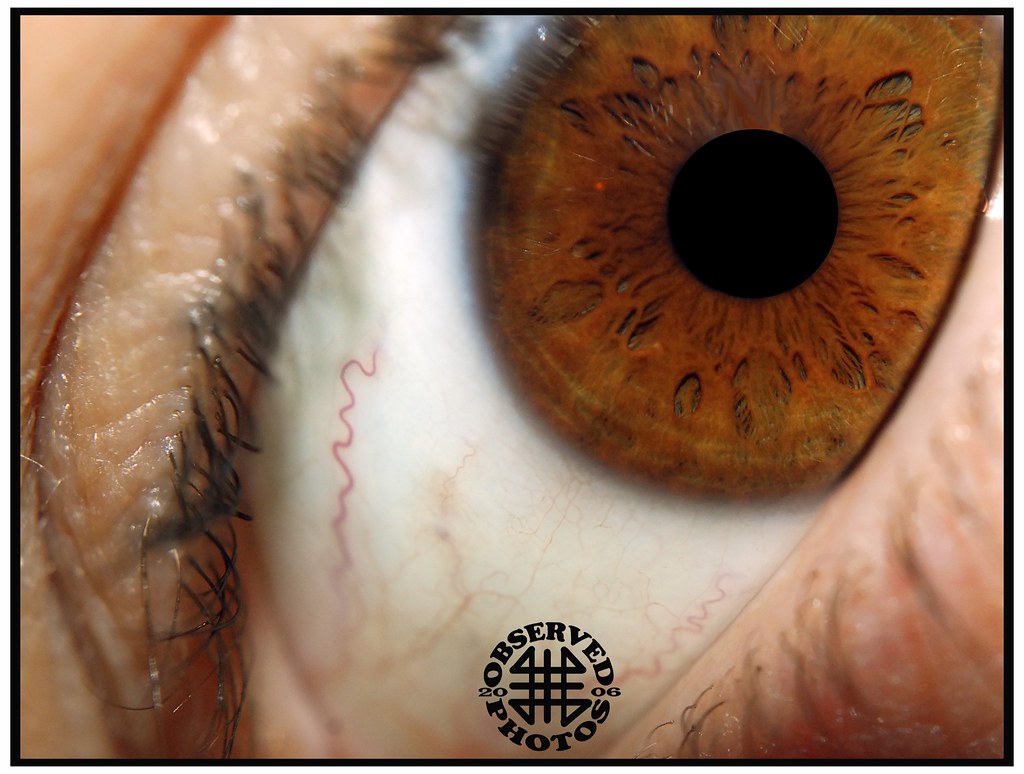I had walked up on my hill. I was well camouflaged and moving slow. There was many more birds then usual, though most of them were winter residents. There was a group of Junco's hunting in a pussy willow thicket that was awash with melt flow. And there were chickadees doing their thing all around me. After a while I came into an area where there were a bunch of those birds that go tee-de up in the trees. There must have been 5 or six of them in my immediate area, all with a distinct voice, a distinct variation on tee-de, all very loud, and for the most part singing in turn, so collectively they made a nice rhythm. It was quite musical.
I observed, not for the first time, how the large star-nosed mole will divert water from it's proper run or ditch to muck up a vast fan-shaped area of a hillside. Beavers build dams to create habitat, while the star-nose will dig canals and waterways to the same end. I've never heard mention of this in the literature on star-nose moles but I've learned some other things while reading. These creatures are truly semi aquatic and spent the winter swimming in waterways and ponds, below the ice, digging up what bugs and critters they can find. These aren't your yard-moles. They are rare in the fact that they share tunnels and habitat with other individuals of the same species, living in little communities. They have a system a foraging tunnels just bellow the surface, and then a deep system, many feet down (like 6-9 feet!) where they sleep and have their nurseries. You rarely see them, being creatures of the underworld that can sense your every step. But if you do see one it will be big, black, and moving fast, with twelve tentacles hanging off its face.
I was surprised to find a real snow line on the hill. Snow was patchy and soft bellow this line, but absolute above this elevation. It was curious that this line coincided with a certain contour of the hill. And as I walked the line I found many springs , and the heads of some minor runs that cut the hillside. I dug into one and was impressed by how quickly the murk cleared from my hole and how strong the water flowed.
Walking the line I also was aware of the activitly and sounds of spring to my left, while the uphill side to my right was still dead as winter.
I walked into the winter zone and enjoyed the big vistas that will be gone in a matter weeks with the coming of foliage. This is the best time of year, maybe the best day of the year, for finding secret spots- springs and rock gardens, hidden in the hills by snow or vegetation the rest of the year round. This sight seeing on the ridge top occupied me for quite a while, I even climbed up a half fallen black cherry for a better view.
On the north face, (the leek face), the snow was actually ice, and I felt somewhat adventuresome kicking my little footings out of the steep pit-and-mound slope, only because it brought back memories of mountaineering trip where slipping on a similar slope meant certain death. Since leeks were out of the question I sat on my leek shovel and went cruising down the hill, finishing in the softer snow and throwing up a rooster tail of snow and mud as I turned to stop.
At sunset I watched some crows taking vantage over the valley and then they flew off to cruise back and forth in front of a distant spectacle. The trees at the top of the opposite ridge were glaring, sparkling, crystal white. Something like this: but there wasn't a cloud in the sky.

